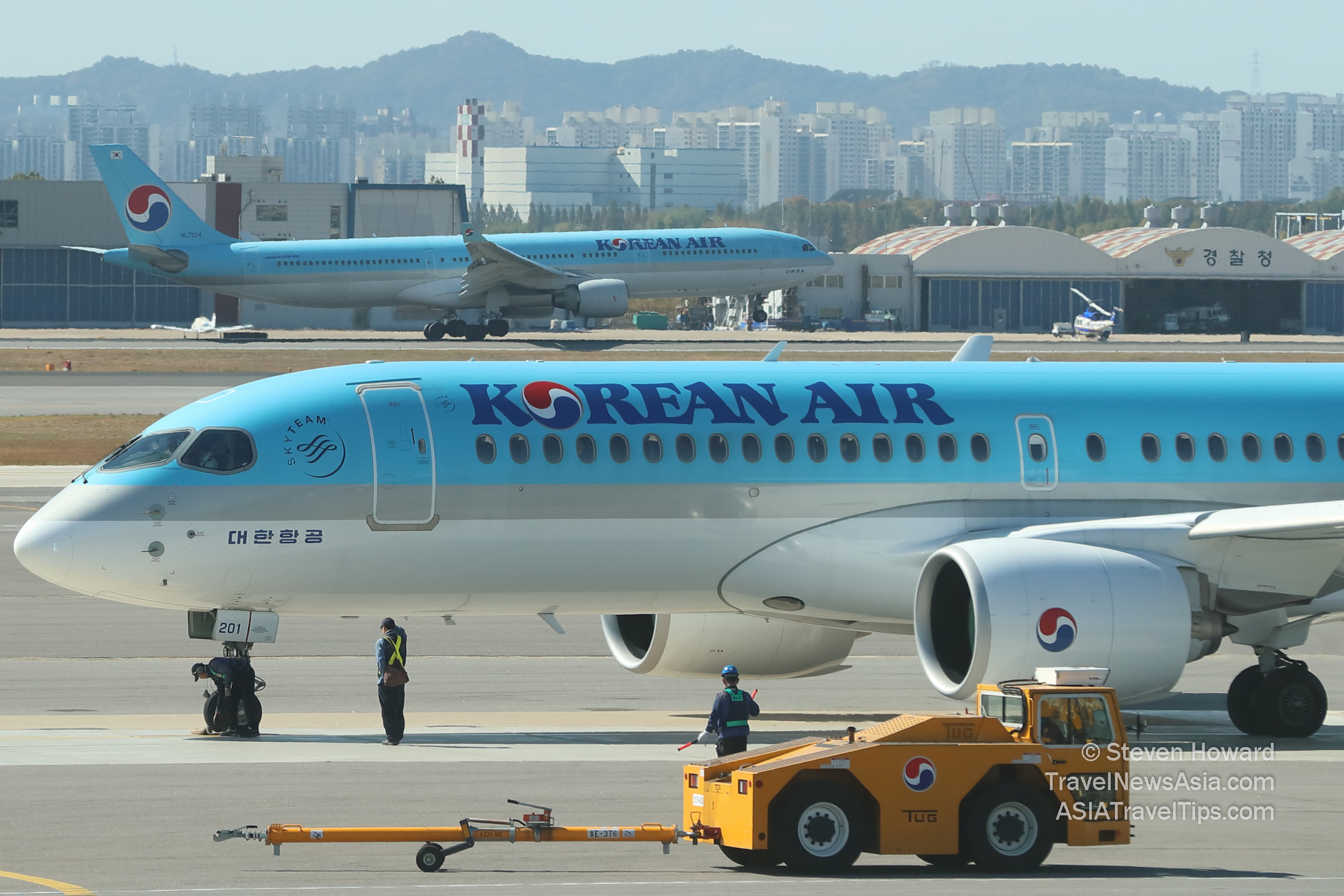|
IATA�s global passenger traffic results for
November 2018 show that total revenue passenger kilometers (RPKs)
rose 6.2% when compared to November 2017, a slight deceleration
from 6.3% growth in October 2017.
Capacity (available seat kilometers or
ASKs) increased by 6.8% over the year-ago period, and load factor
dipped 0.4 percentage point to 80.0%. It is only the third time
in two years that load factor fell on a year-to-year basis.
�Traffic is solid. But there are clear signs
that growth is moderating in line with the slowing global economy.
We still expect 6% demand growth this year. But trade tensions,
protective tariffs and Brexit are all uncertainties that overhang
the industry,� said Alexandre de Juniac, IATA�s Director General
and CEO.

November international passenger demand rose 6.6%
compared to the year earlier period, up from 6.2% in October. All
regions showed growth, led by carriers in Europe. Total capacity
climbed 6.7%, and load factor dipped 0.1 percentage point to
78.4%.
European carriers saw demand increase by 9.0%
in November 2018, which was a nine-month high. Given the mixed
signs on the economic backdrop in the region it is unclear whether
this pace of growth can be sustained. Capacity climbed 9.1% and
load factor slipped 0.1 percentage point to 82.1%, the highest
load factor among the regions.
Asia-Pacific airlines�
November traffic climbed 6.0% compared to the year-ago period, up
from 5.7% growth in October. Capacity also rose 6.0% and load
factor was flat at 79.1%. Growth is underpinned by rising living
standards and continuing expansion of options for travelers.
Middle East carriers had a 2.8% demand increase, which was the
lowest among the regions for a third consecutive month. Capacity
rose 5.6% and load factor slipped 1.9 percentage points to 69.0%.
North American airlines� traffic climbed 6.1%, in November,
up from 5.7% in October and well ahead of the five-year average
rate of 4.0%. Capacity rose 3.8% and load factor edged up 1.7
percentage points to 80.6%. Demand is supported by comparatively strong momentum in the US economy.
Latin American airlines�
November traffic climbed 5.8% compared to November 2017, which was
an increase from 5.2% growth recorded in October. Despite the
increase, growth has slowed on a seasonally-adjusted basis.
Capacity rose 6.6% and load factor slipped 0.6 percentage point to
80.6%.
African airlines experienced a 5.7% rise in demand
compared to November 2017, down from 6.4% in October but higher
than the five-year average of 5.8%. Growth is occurring despite
challenges in the continent�s largest economies, Nigeria and South
Africa. Capacity rose 3.9% and load factor climbed 1.2 percentage
points to 68.9%.
Domestic Passenger Markets
Domestic
travel demand rose 5.6% in November 2018 compared to the same
month in 2017, its slowest pace in 11 months and down from 6.5% in
October. All markets except Australia showed growth. Domestic
capacity climbed 6.9%, and load factor dropped 1.0 percentage
point to 82.8%
|
Headlines: |
|
See latest
HD Video
Interviews,
Podcasts
and other
news regarding:
IATA,
Traffic,
RPKs,
ASKs.
|
